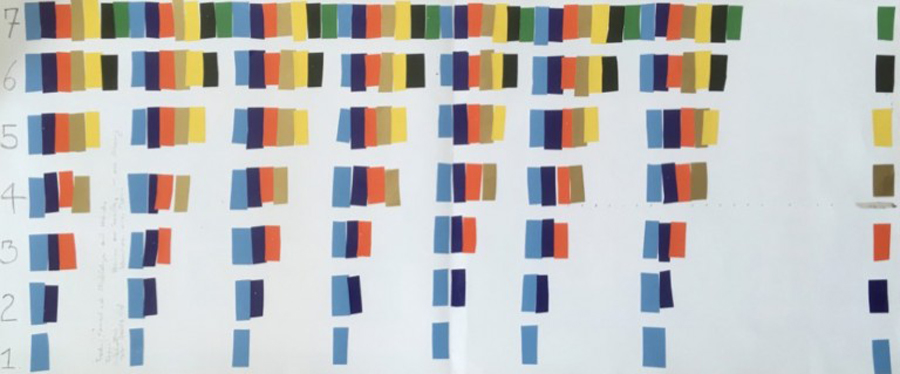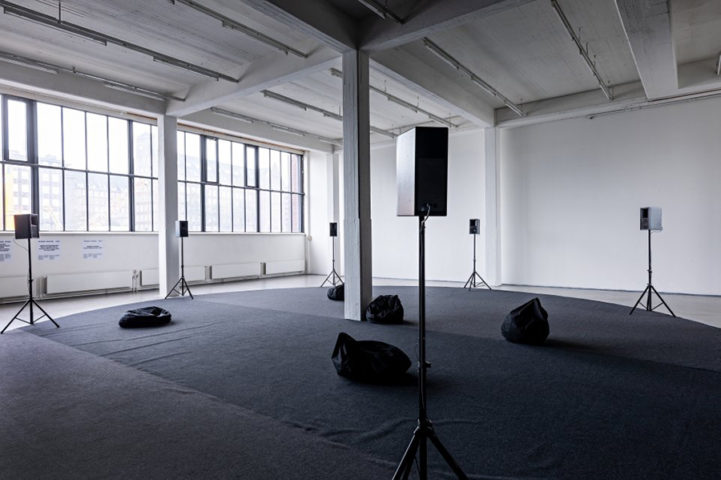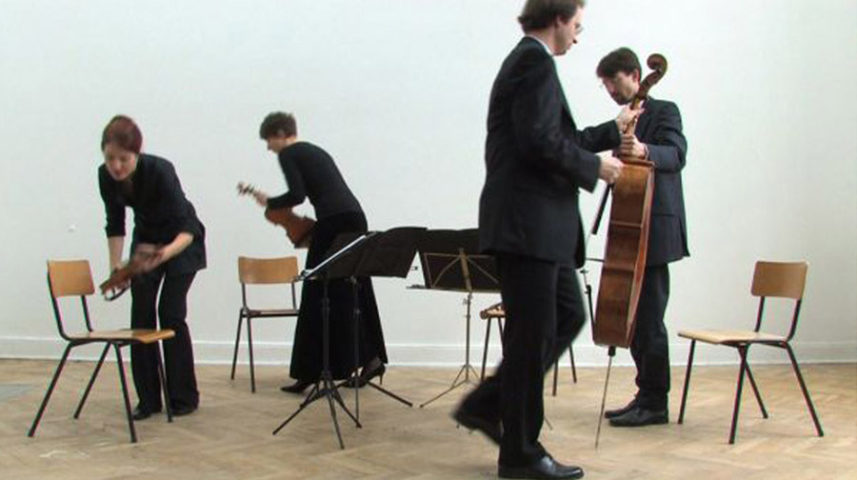sesin melodim, seslerin yankım benim (tu voz es mi sonido es tu ruido es mi eco)
MIND the GAP, Hamburgo
21.10 – 13.12.2020
Instalación sonora de Annika Kahrs en colaboración con el músico Derya Yildirim.
La base de la instalación de sonido de 7 canales son las entrevistas que Kahrs y Yıldırım realizaron con los miembros de la familia de Yıldırım, sus padres, hermanos y primos, en Hamburgo. En las respectivas conversaciones se intercambiaron historias personales, específicamente preguntado sobre recuerdos sonoros y personalidad acústica. Estos se tradujeron luego en una compleja instalación de sonido en el estudio de sonido. La música se entiende aquí como una puesta en escena portadora de la memoria y un vínculo intergeneracional: qué canciones juegan un papel importante dentro de la familia, se transmiten a las siguientes generaciones y se reinterpretan, qué sonidos recuerdan los padres de su infancia en Sivas (Turquía), o los hermanos en Hamburgo.
sesin melodim, seslerin yankım benim (tu voz es mi sonido es tu ruido es mi eco) invita a los visitantes a acercarse a estos pensamientos y a escuchar el retrato de la familia de una manera temporalmente lineal y espacialmente vertical: cada piso representa a un miembro de la familia.



